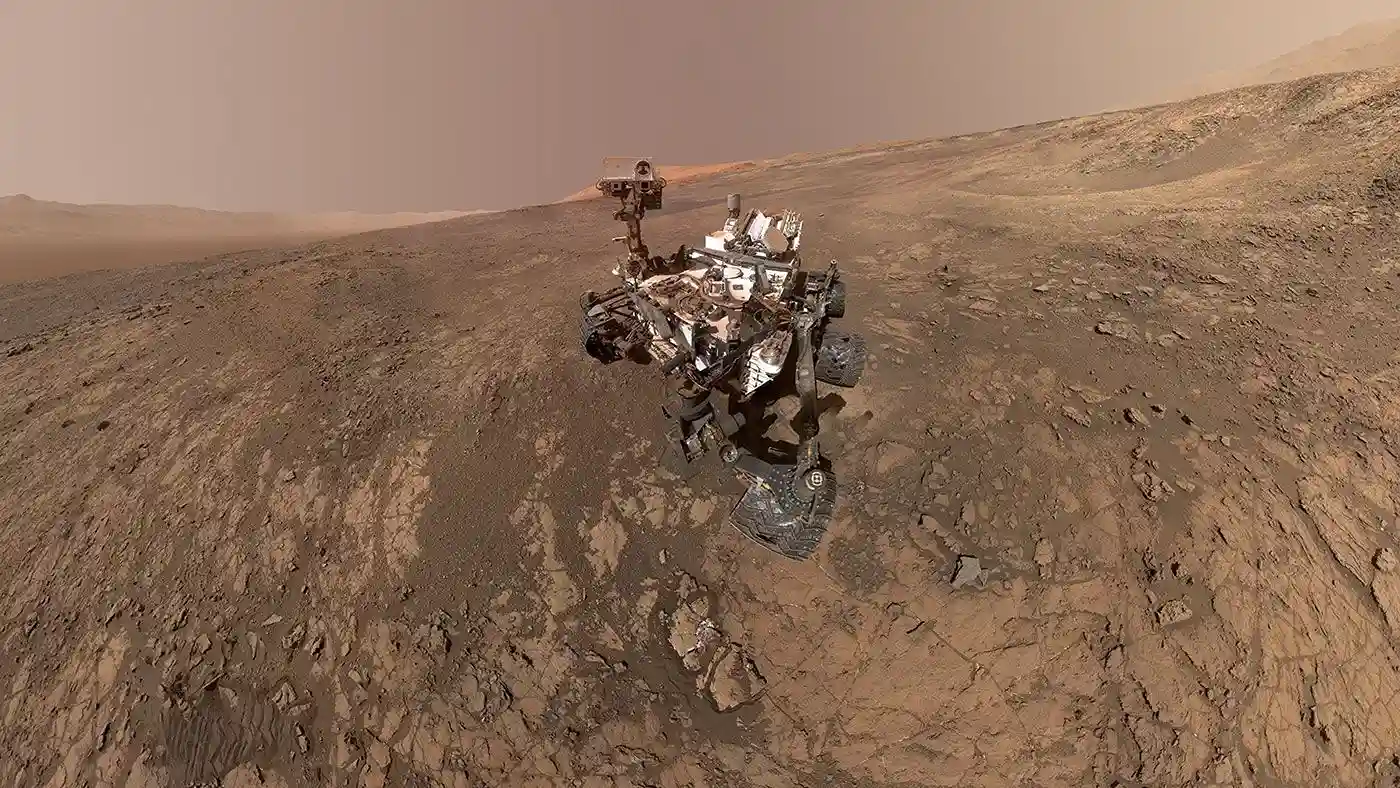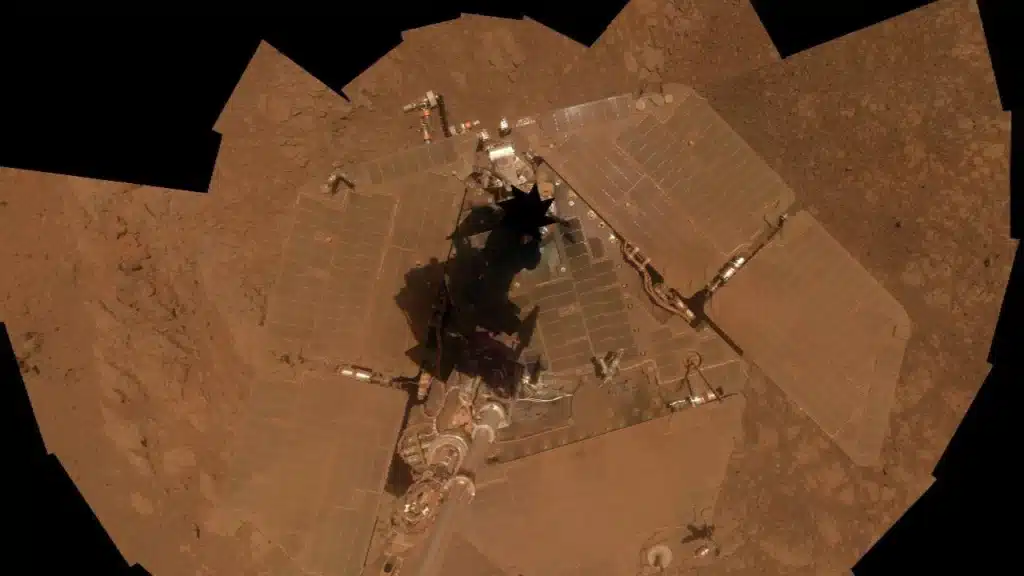NASA Detects Methane Gas Traces Near a Mars Crater that may Suggest Life on Mars

NASA’s Curiosity Mars Rover has uncovered a surprising revelation; methane is seeping from the surface of Gale Crater, leaving scientists perplexed. On Earth, most methane is produced by living creatures, but no signs of current or ancient life have been found on Mars. Nonetheless, the rover’s Sample Analysis at Mars (SAM) has consistently detected traces of methane near the crater’s surface.
(Also read Concerns Rise as Invasive New Zealand Flatworm Spreads Across Ireland.)
Presence of Methane May Suggest Life on Mars
The methane behaves unusually in Gale Crater. It appears at night and vanishes during the day, fluctuating seasonally and occasionally spiking to levels 40 times higher than usual. ESA’s ExoMars Trace Gas Orbiter, which monitors the Martian atmosphere, has detected no methane, adding to the mystery.

The Role of Solidified Salt
NASA researchers propose that methane may be trapped beneath solidified salt in Martian regolith. As temperatures rise or pressure disrupts the seal, methane could escape. Alexander Pavlov of NASA’s Goddard Space Flight Center leads a team testing the conditions that could form and crack hardened salt seals.
Their research found that salt crusts could trap and release methane under Mars-like conditions.
Challenges and Future Investigations
Improving our understanding of methane generation and destruction processes on Mars is crucial. More consistent methane measurements and future missions may eventually solve mystery of life on Mars. Scientists are working on new approaches and technology to measure methane continuously and explore how often methane levels spike.
LATEST NEWS
DISCOVER MORE






